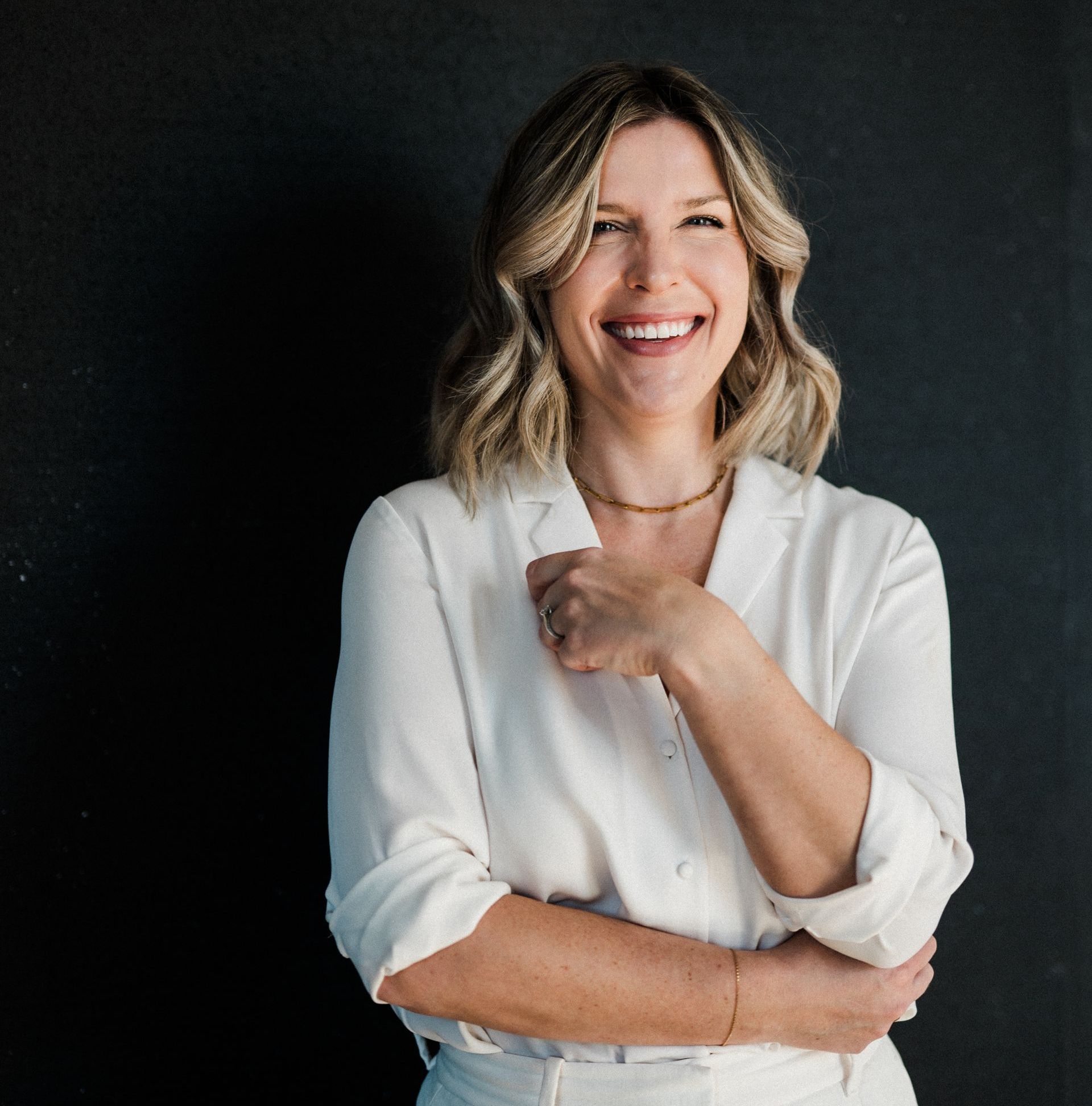Tapping into Home Equity: Why Choose a Reverse Mortgage Over a HELOC?
In an era where the cost of living is on the rise, securing a comfortable retirement and maintaining your desired lifestyle can pose significant challenges. Fortunately, for many retired Canadians, a valuable asset lies at their disposal: home ownership. Leveraging the equity you've built in your home can be the key to obtaining the additional funds you need to make the most of your retirement years.
Tapping into Your Home Equity
If you're committed to staying in your current home, there are two popular methods to access your home equity: the Home Equity Line of Credit (HELOC) and the reverse mortgage.
HELOC: HELOC lenders typically permit homeowners to access up to 65% of their home's value. With a HELOC, you can borrow funds as needed, based on an agreed-upon amount, and you'll only need to make minimum monthly interest payments. Unlike a traditional mortgage, there are no fixed scheduled payments towards the loan's principal, providing you with the flexibility to repay the loan at your convenience.
Reverse Mortgage: Another prevalent way homeowners tap into their home equity is through a reverse mortgage. Specifically, the CHIP Reverse Mortgage by HomeEquity Bank is tailored for Canadian homeowners aged 55 and above. It allows you to access up to 55% of your home's value, receiving the funds as tax-free cash, all without the need to move or sell your property. What's more, you won't have to worry about required monthly mortgage payments while you continue to reside in your home. The full loan amount only becomes due when you decide to move, sell the house, or through the estate after the homeowner's passing.
The Advantages of the CHIP Reverse Mortgage
The CHIP Reverse Mortgage offers numerous benefits, with one of the most significant being the absence of monthly mortgage payments. This feature is especially valuable for Canadians aged 55+ when managing cashflow can be a concern. Here are some additional benefits of the CHIP Reverse Mortgage:
- Simplified Underwriting: The CHIP Reverse Mortgage caters to Canadians aged 55+ who rely on a fixed income and might face challenges qualifying for a HELOC.
- No Need to Requalify: Unlike a HELOC that requires continuous credit score checks, the CHIP Reverse Mortgage eliminates the need for requalification, ensuring access to funds without credit score barriers.
- Surviving Spouse Protection: With a HELOC, the passing of a spouse may prompt the bank to conduct a credit score review of the surviving spouse. With the CHIP Reverse Mortgage, the loan doesn't become due until after both homeowners no longer live in the home.
- Fixed-Term Rate Options: The CHIP Reverse Mortgage provides fixed rate choices, allowing borrowers to lock in rates for up to five years. In contrast, a HELOC's interest rate fluctuates with the Bank of Canada's prime rate, potentially leading to increased borrowing costs in times of rising interest rates.
Ready to Unlock Your Home Equity? Contact Us Today!
Are you ready to explore how the CHIP Reverse Mortgage can help you tap into your home equity and secure your financial future? Don't hesitate to get in touch with us today. We're here to provide expert guidance and answer any questions you may have.
In a world where financial peace of mind is priceless, the CHIP Reverse Mortgage offers a reliable path to unlock your home's hidden potential and ensure a comfortable retirement. Contact us to take the first step toward securing your financial freedom!





